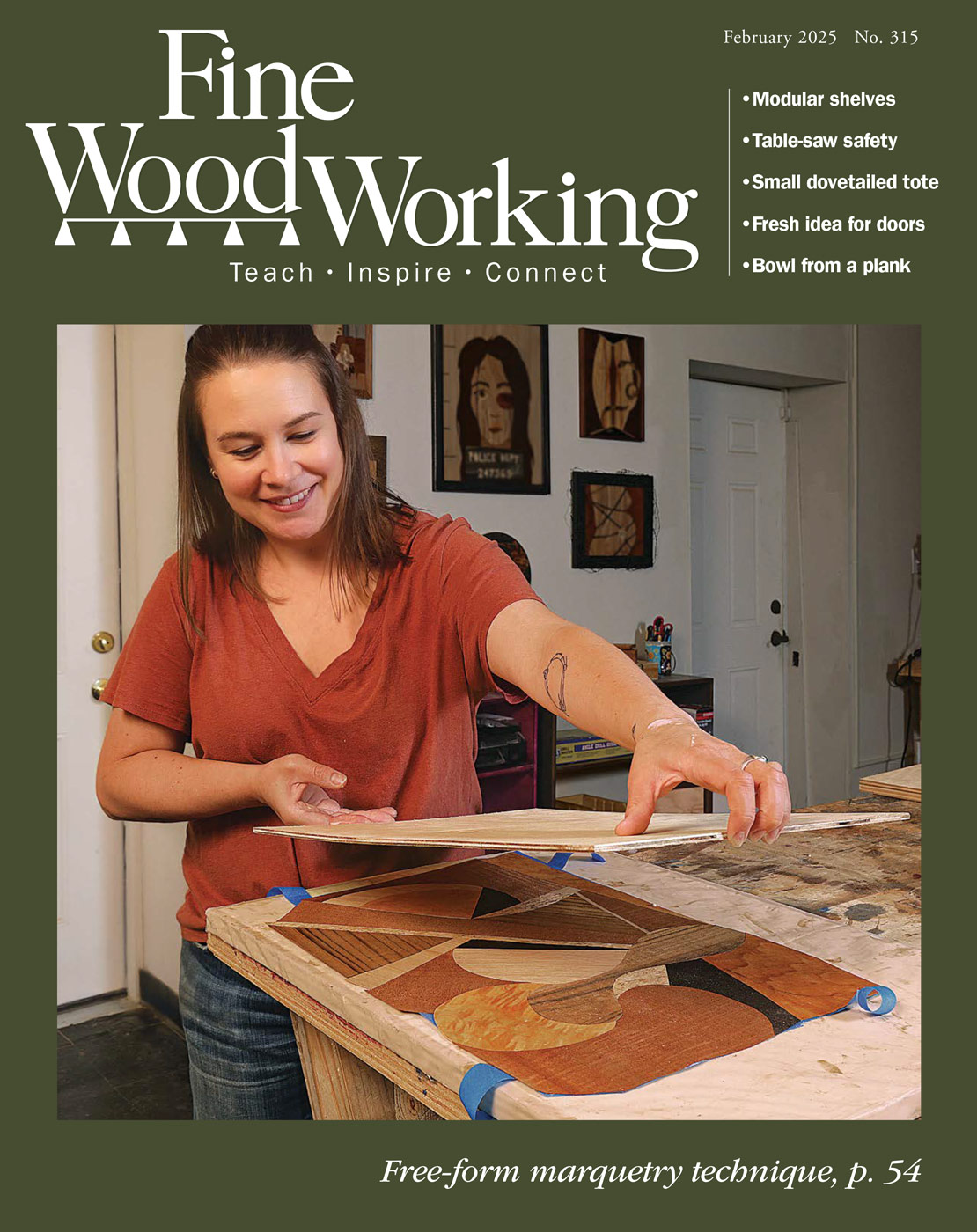*
My current project, a communion table in an old New Mexico territorial style, turned ugly when I stained it. Though I wiped the glue which oozed out of the mortise and tenon joint in the stretchers, the stain did not adhere to that area. As a last resort, I bought some BARTLEY gel stain to attempt to cover the lighter areas. The results were fantastic! The gel went on darker than the oil stain. Not only was I able to cover those light areas, but I achieved an antique look by feathering the darker areas into the primary stain. What had turned ugly was now better than if the stain were uniform across the piece. I bought the gel stain through Woodworker’s Supply, which I consider the best single source. I’m a gel stain man from now on.
Discussion Forum
Get It All!
UNLIMITED Membership is like taking a master class in woodworking for less than $10 a month.
Start Your Free TrialCategories
Discussion Forum
Digital Plans Library
Member exclusive! – Plans for everyone – from beginners to experts – right at your fingertips.
Highlights
-
Shape Your Skills
when you sign up for our emails
This site is protected by reCAPTCHA and the Google Privacy Policy and Terms of Service apply. -
 Shop Talk Live Podcast
Shop Talk Live Podcast -
 Our favorite articles and videos
Our favorite articles and videos -
E-Learning Courses from Fine Woodworking
-
-











Replies
*
I'm also a firm believer now. For the majority of projects it seems to be plenty good with little chance of a major screw-up.
*I use Minwax gel stain as a glaze between finish coats, but I have never put it on raw wood. Gel stains are the least clear of any stain, and I think they hide the grain far too much. My best finishes have been with Transtint Dyes, mixed in Tried and True Danish oil. This is very easy to control, but is also exceptionally clear, since it is a dye.
*I too am a Bartley Gel fan. In fact, I go another step and spray thinned gel stain on to give a more professional look. I discovered that thinning the gel, spraying it on, then wiping off the excess gives nice uniform stain control with less hiding of grain. Then I can come back with unthinned gel to highlite corners or creases and give a more aged appearance.
This forum post is now archived. Commenting has been disabled